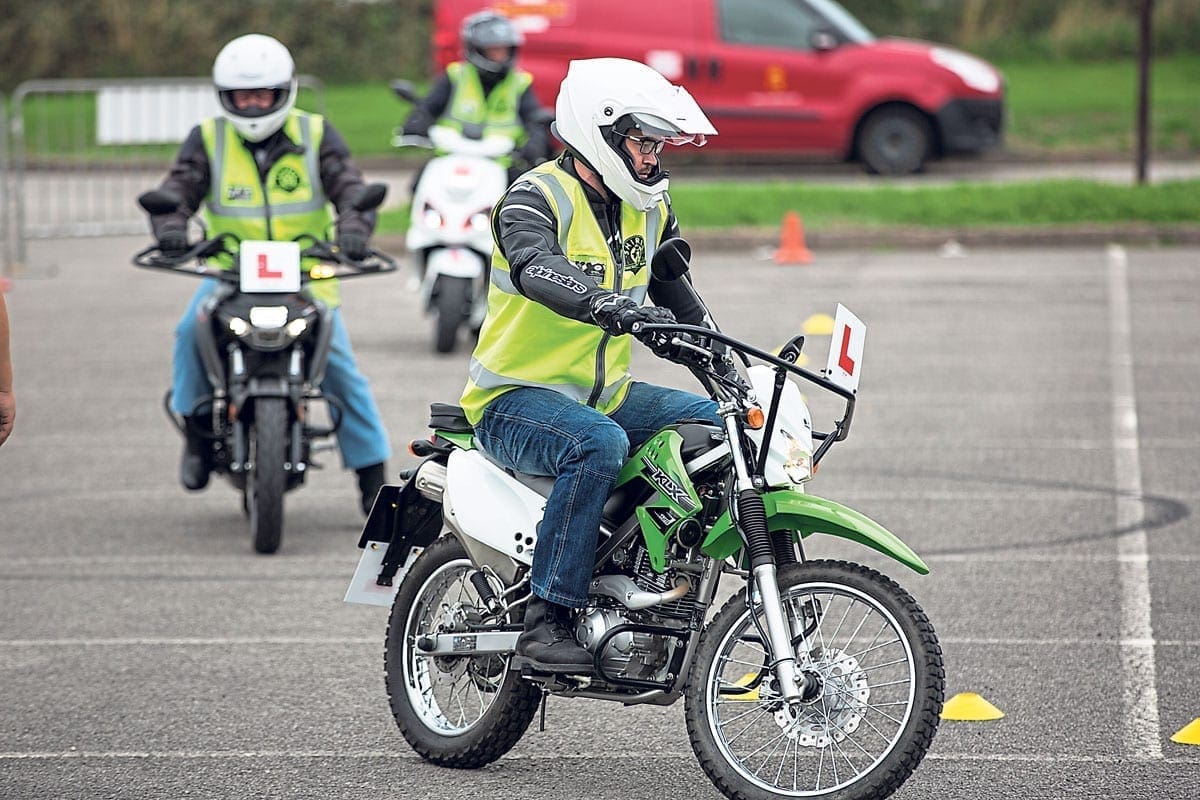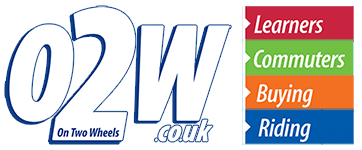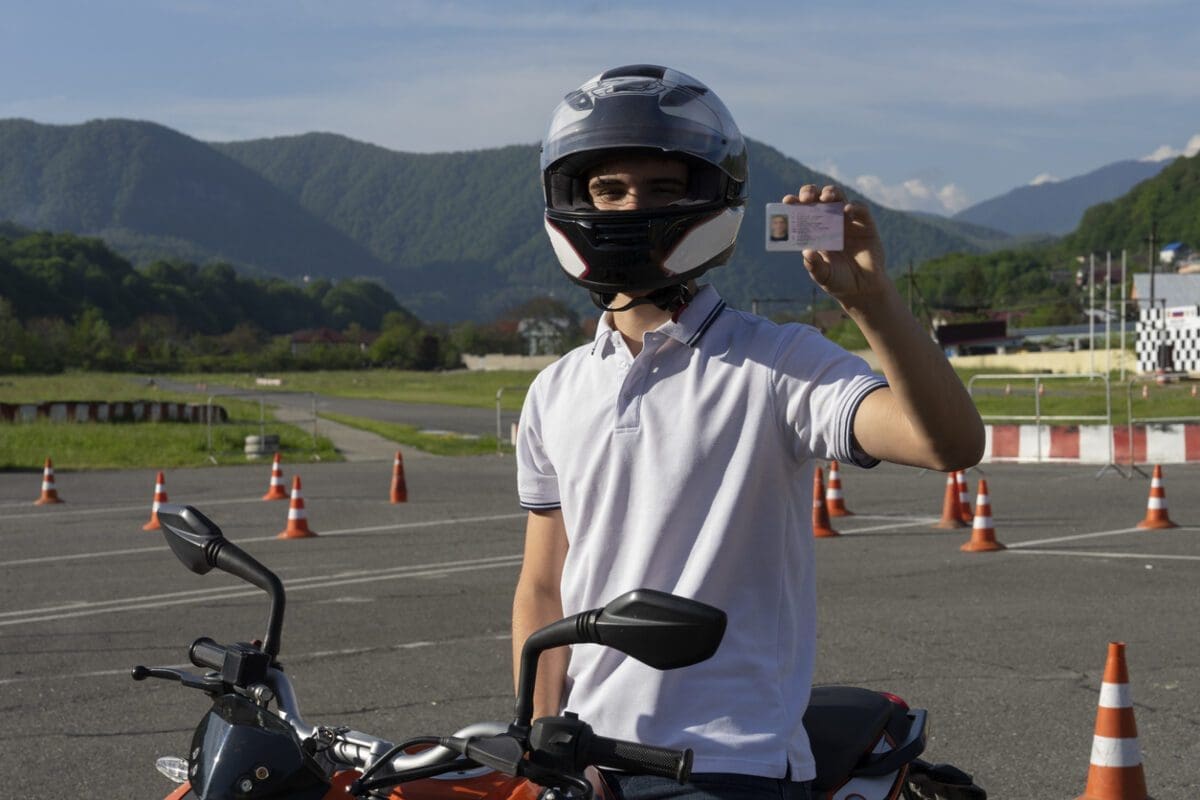
On the face of it, the process new motorbike riders have to go through to get their hands on a full motorcycle licence looks fairly tricky.
And it can be – working out expensive, time-consuming and altogether inconvenient if you don’t know what you’re up to. Unlike the tests of yesteryear, there’s now a range of different hoops to jump through before you can ride a motorcycle out on the road, and we want to explain just what’s involved.
Enjoy everything More Bikes by reading monthly newspaper, Read FREE Online.
Related articles:
- THREE’S (NOT) A CROWD: Yamaha Tricity 300
- Adventure Potential: KTM 390 Adventure
- La Bella Vita: Vespa GTS 300
This step-by-step guide will cover everything you need to know about Compulsory Basic Training (CBT).
First steps in CBT training
Ok, so you’ve decided you’d like to ride a motorcycle. The first step is to complete your Compulsory Basic Training. Don’t think of it as a test – because it’s not. The CBT course is simply designed to introduce new riders to five ‘elements’ that’ll help make their riding safer and more enjoyable.
You can either choose to do the CBT course as a ‘standalone’ activity or treat it as a precursor to a longer, more intensive Direct Access Course.

What’s involved in CBT motorcycle training?
After a basic eyesight check, you’ll be heading into the classroom for starters. Your instructor will take the time to discuss the benefits of protective motorcycle gear. You’ll learn about motorcycle helmets (including which visors you can and can’t use), the different jackets that are available and the options for choosing gloves, trousers, boots and reflective or high visibility clothing.
Next is all about getting to grips with the motorcycle (or scooter) you’re going to be riding. The instructor will explain the controls, and let you familiarise yourself with them before coaching you on how to put a machine on and off its stand, before running through the starting procedure. Fuel, ignition, gears, and then start.
Learning all about new ‘motor skills’ under the watchful eye of the instructor, in a safe, off-road environment comes next. In essence, the instructor will explain and then demonstrate a range of skills, before offering the chance for you to have a go yourself. Here’s a quick breakdown of what you’ll learn:
● Using the brakes
● Riding in a straight line and stopping
● Riding the machine slowly, in a controlled manner
● Riding in a large oval
● Riding in a figure of eight
● Changing gears (if you’re on a geared machine)
● Emergency stop
● Turning right and left with a rear ‘lifesaver’ observation
● Performing a U-turn
As we’ve said, the CBT is training, not a test, which means that your instructor won’t introduce any new skills until they’re comfortable you’ve mastered the last one.
After learning all the necessary skills, you’ll take part in an informal question and answer session predominantly focused on road safety to ensure you’re ready to get out on the road for the final part of the CBT. During the session your instructor will discuss road positioning, observation and hazard perception, legal requirements and careful use of speed, in addition to being a vulnerable road user.
The final part of the day takes place out on the open road. You will ride local roads, practicing the skills you’ve learned throughout the day. More specifically, you’ll be expected to complete hill starts, emergency stops and U-turns under the watchful eye of your instructor, before building up to busier roads as the ride progresses.
When your instructor is satisfied that you have shown you’re safe out on the road, it’s back to the training school for a cup of tea and a final evaluation.
England: The Government and DVSA has confirmed that all motorcycle training and tests can safely restart in all tiers from December 2. All courses including CBT are available to book online now.
Advert
Enjoy everything More Bikes by reading the MoreBikes monthly newspaper. Click here to subscribe, or Read FREE Online.



